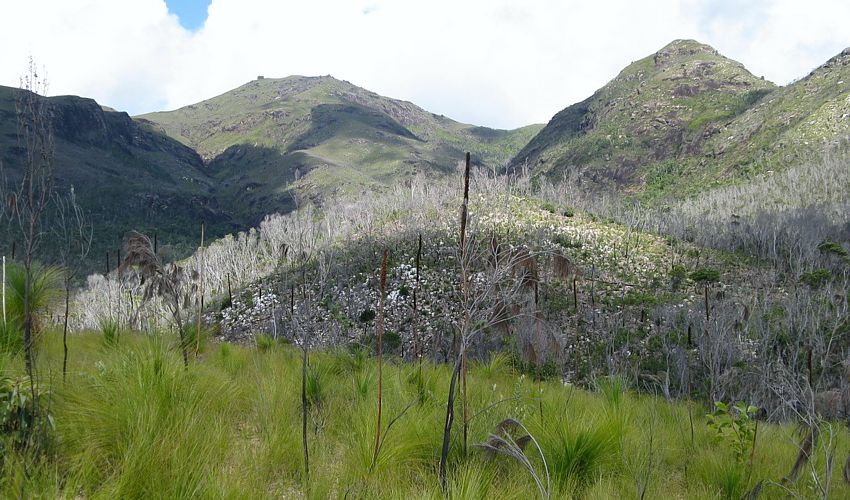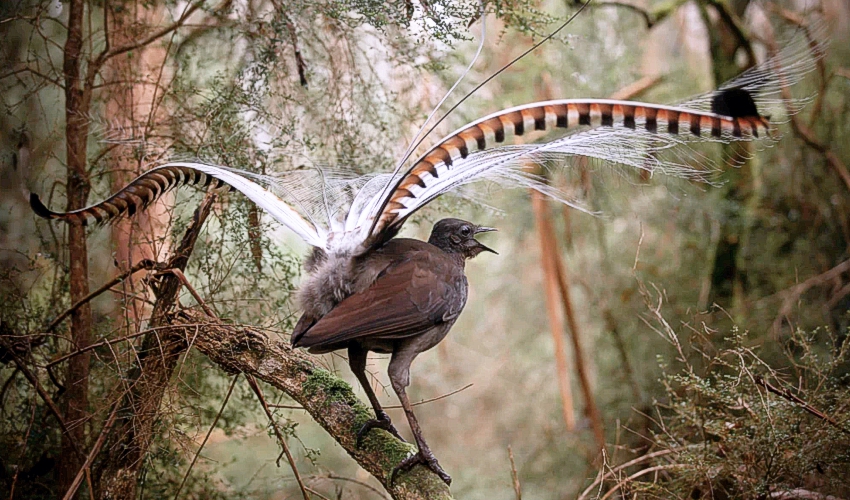
Wildlife Starved And Water Deprived By Farmer Cluster Fences (QLD)
Share this page On 15 January 2020 Lyn Gynther, Kangawatch Queensland posted on Facebook: Kangaroos in their hundreds in Queensland are huddled under trees on the Surat to St George Road looking extremely poor because farmers have fenced off their properties and the roos can’t access water … this is absolutely disgusting and it is happening right across other parts of Queensland as well where this cluster fencing is being erected. What is the matter with the government in this country not to mention the RSPCA for not stopping this fencing fracturing the ecosystem to begin with … I’m so angry, I hope every farmer in that area goes broke. And I don’t wish harm to anyone normally but anyone who can stand by and do this is not worth the piece of paper their name is written on. On 16 January Lyn posted: I just rang the Maranoa Council (1300 007 662) about the kangaroos on the Surat–St George Road and asked that they please put out water stations … I was told they would NOT be helping the kangaroos in any way and the council have been in fact funding farmers to erect exclusion fencing and since this has happened, the sheep farmers production rate has increased from 0.1% lambing to 60% lambing as a result of wild dogs [being kept out] but they did admit that exclusion fencing has also been erected on some properties solely to keep macropods locked out. They further told me that it is not their responsibility to worry about wildlife and that the reason they won’t be putting any water out for them is because it will cost them money to do so and they need to spend the rate payers money in line with how the community expect it to be spent … I was then told to contact DPI who deal with the QLD FERAL PEST INITIATIVE program. They said there are 5 water facilities on the stock route (which farmers can also use — so obviously there are also stock on the stock routes eating what little feed there is left for wildlife) and those water facilities are 1 every 10klms … they are aware of 2 that are dry due to the drought but still will not help the animals. Oh, and BioSecurity may also be someone to speak to (I was told), and at the end of the day Agricultural Management has to come before the wildlife. Comment thread to Lyn’s post indicate there are many Australian citizens and ratepayers who agree with Lyn and would not agree with the council. Lyn then wrote to a Brisbane journalist: I contacted the Maranoa Council yesterday [see outcome above] after I got a report that more than 200 kangaroos were locked out with the exclusion fencing on the Surat–St George Road and they were unable to access water. ALSO note that DES [Queensland Dept of Environment and Science] have tried to investigate a number of illegal culls (eg helicopter blasting away the roos; urea in water; illegal shooting) but no one will speak when they get out there … also permits are not being applied for, they are just doing it on a grand scale now … but still the DES are issuing permits to others knowing full well it is going on. — Kanga Watch Inc. Qld Division www.kangawatch.com Contact Lyn for further information and please support her efforts for the kangaroos (and other wildlife like emus, as seen in this image taken mid-2018) locked out of their usual wildlife corridors. This exclusion fencing (inset) locks out and traps wildlife (then often shot) has become a feature of an opportunistic return in central Queensland to sheep farming as wool prices have recovered. Lyn Gynther — QLD Co-OrdinatorC/- Post Office, Yangan Q 4371 Ph: 07 4664 8383 / M: 0432 022 043 READ MORE on the Queensland situation Us and Them — The End Game? by Maria Taylor




